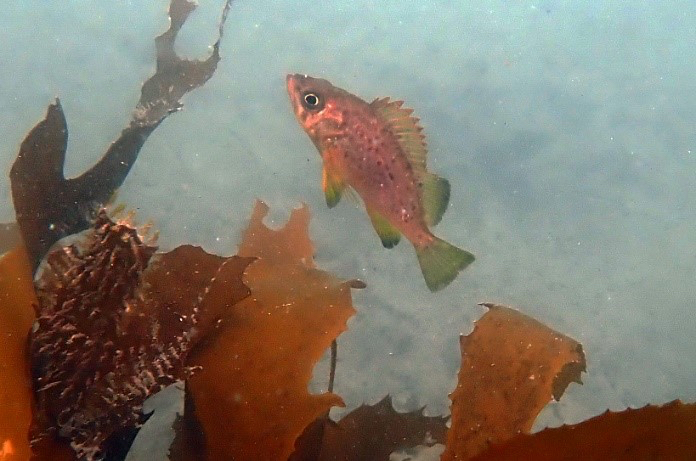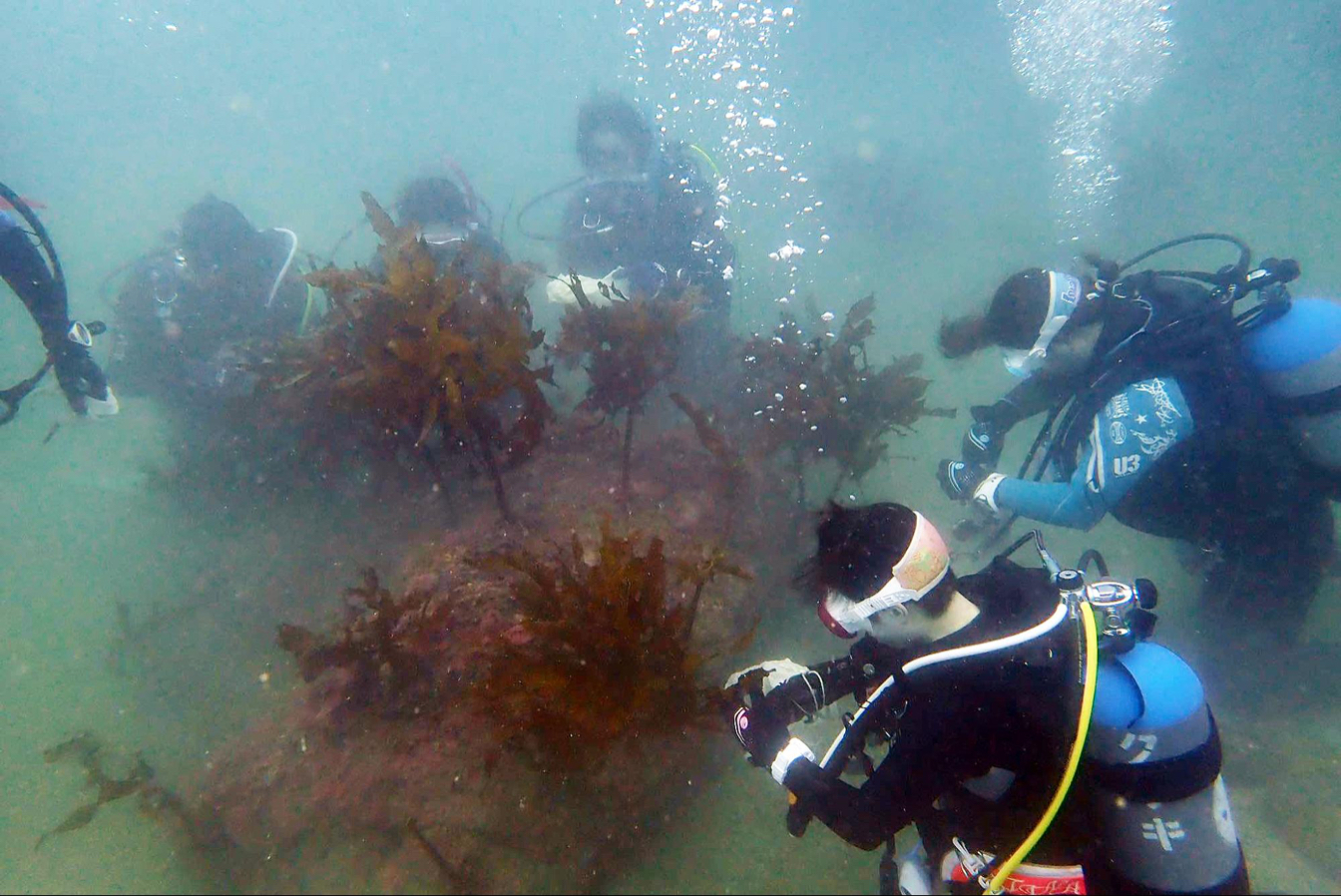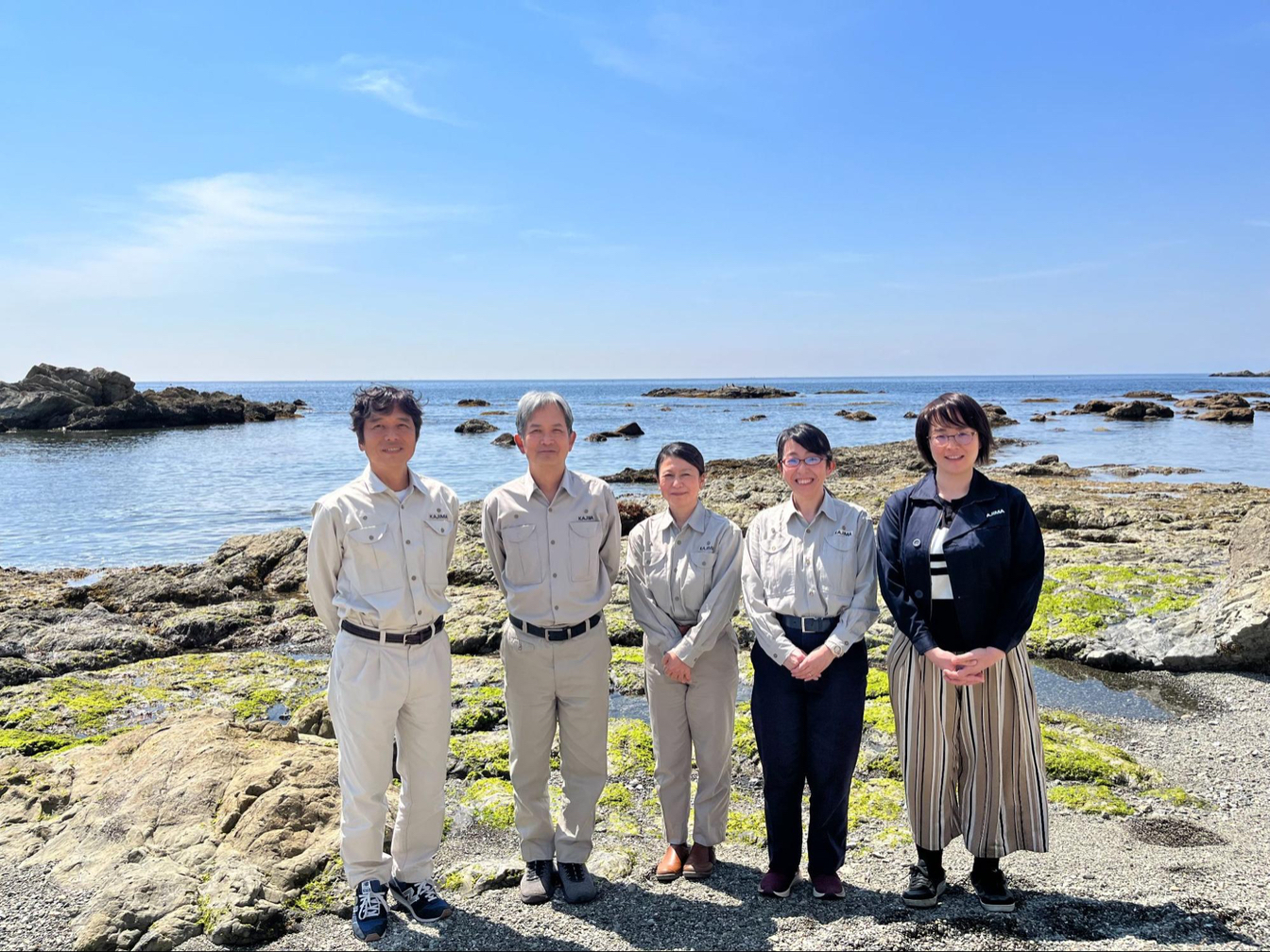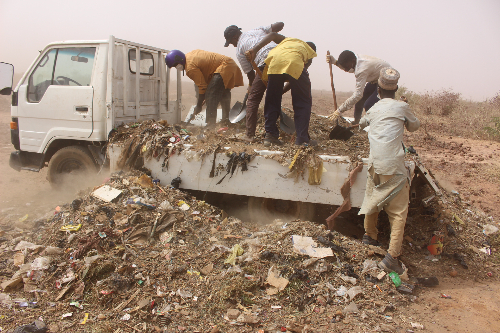J-STORIES - Just like plants and trees on land, marine plants such as seaweeds and seagrasses absorb CO2 via photosynthesis and store it in the ocean. This mechanism is known as “blue carbon” and has the potential to be an even quicker and more efficient way to store carbon than land-based “green carbon.”
Key players in the varied blue carbon ecosystem of carbon-sequestration include tropical mangroves, eelgrass and other seaweeds growing in coastal waters about 2 meters deep, and also large seaweeds such as arame, kajime, and wakame growing in deeper waters. Large, fast-growing seaweeds play a particularly important role, as do coastal wetlands and tidal flats.

In recent years, however, warmer seas have led to a conspicuous decline in seaweed beds, threatening this blue carbon mechanism, even as global warming becomes an ever more serious issue. Amid this worldwide crisis, Japanese companies are working with the government to safeguard and revive seaweed and seagrass beds.
Last year, Kajima Corp., a major Japanese construction company, announced that it had developed technology to grow large seaweeds. The Kanagawa-based Hayama Marine Science Laboratory, which is part of the Kajima Technical Research Institute, has been restoring eelgrass beds since around 2002. Around five years ago, researchers confirmed a decline in arame seaweed and other large algae beds. Then in 2020 they confirmed that these had disappeared entirely. For this reason, they started work to develop ways to regenerate large algae.
In order to regenerate lost seaweed beds, gametophytes (equivalent to seaweed “seeds”) are collected from mother algae and stored in flasks of water. Arame seedlings are then mass-produced through a technology developed by researchers. Unlike transplanting seedlings or scattering spores, this “free gametophyte technology,” is capable of regenerating entire seaweed beds. In fact, having regenerated an arame bed using this method, a few months later researchers confirmed that Japanese red seaperch fry and squid eggs were already present.

“Algae in different regions have different characteristics, but if we understand the characteristics of each, we can deal with them," Lim Boon Keng, a senior researcher at the institute, told J-Stories. "Large algae are distributed all over the world, and I hope that this technology can be applied worldwide."

Other projects are underway across Japan. Since 2022, the Tokyo-based Japan Blue Carbon Project has been clearing seaweeds off the coast of the west port in Kushiro, Hokkaido, in order to encourage kelp growth. This May it announced an initiative to create a kelp seaweed bed together with Kushiro Gas and is now conducting demonstration experiments. Kelp is also a fish spawning ground, so the project is expected to boost the local fishing industry.

Meanwhile, The J-Blue Credit system of voluntary carbon credits run by the Japan Blue Economy Association is similar to the government-run J-Credit system for forest conservation. The number of private companies issuing and purchasing these credits is rapidly increasing.
“Personally, I feel that blue carbon activities will become an even bigger movement in five to 10 years," said Lim Boon Keng, whose project to restore eelgrass beds is a member of the association and has obtained J-Blue Credit certification. "I would like to further improve our technology before then."
Translation by Tony McNicol
Top page photo by Kajima Corporation
For inquiries about this article, please contact jstories@pacficbridge.jp
***
Click here for the Japanese version of the article.




![[Podcast] Japanese technology to supercharge human fertility (Part 3)](https://storage.googleapis.com/jstories-cms.appspot.com/images/1766558713084place-for-scientific-research-2025-03-07-14-08-49-utc%20(1)_bigthumbnail.jpeg)
![[Interview: Part 2] A digital approach to tackle child hunger in Japan with dignity](https://storage.googleapis.com/jstories-cms.appspot.com/images/1766130666509unnamed_bigthumbnail.jpg)
![[Podcast] Japanese technology to supercharge human fertility (Part 2)](https://storage.googleapis.com/jstories-cms.appspot.com/images/1765863548035unnamed-7_bigthumbnail.jpg)
![[Podcast] Japanese technology to supercharge human fertility (Part 1)](https://storage.googleapis.com/jstories-cms.appspot.com/images/1765440905082unnamed_bigthumbnail.jpg)
_bigthumbnail.jpeg)





![[Interview] When digital and physical worlds meet](https://storage.googleapis.com/jstories-cms.appspot.com/images/1747974430456unnamed-2_smallthumbnail.png)




_smallthumbnail.jpeg)
![[Interview: Part 1] From nourishing souls to feeding the hungry](https://storage.googleapis.com/jstories-cms.appspot.com/images/1763695595492unnamed_smallthumbnail.jpg)

